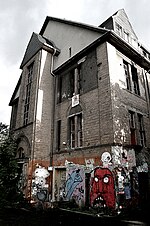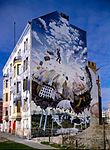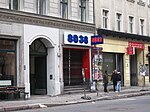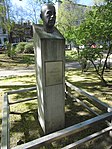St. Thomas, Berlin
1869 establishments in Prussia19th-century Lutheran churches in GermanyBerlin building and structure stubsBuildings and structures in Friedrichshain-KreuzbergChurch buildings with domes ... and 4 more
Churches completed in 1869German church stubsReligious buildings and structures in BerlinUnited Protestant church buildings in Berlin
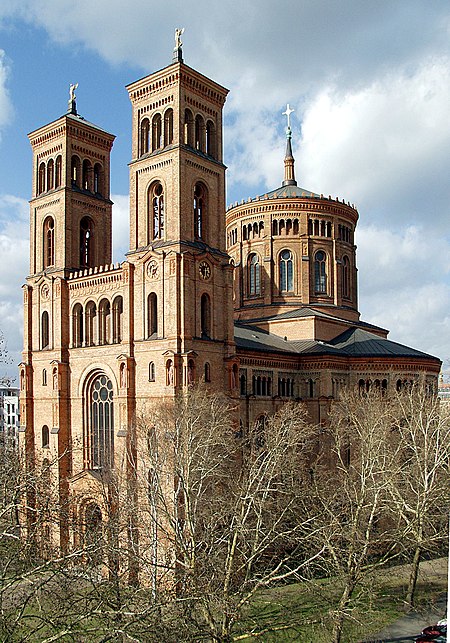
The church St. Thomas (German: Thomaskirche) is a Protestant church in the Kreuzberg district of Berlin. Friedrich Adler designed and built the church between 1865 and 1869. Prior to the construction of the Berliner Dom, it was the largest church in Berlin, and the congregation was one of the largest in Western Christendom.It is located directly between the Luisenstädtischer Kanal and Mariannenplatz, once a central location.
Excerpt from the Wikipedia article St. Thomas, Berlin (License: CC BY-SA 3.0, Authors, Images).St. Thomas, Berlin
Bethaniendamm, Berlin Mitte
Geographical coordinates (GPS) Address Website External links Nearby Places Show on map
Geographical coordinates (GPS)
| Latitude | Longitude |
|---|---|
| N 52.5052777778 ° | E 13.4266666667 ° |
Address
St.-Thomas-Kirche
Bethaniendamm
10179 Berlin, Mitte
Germany
Open on Google Maps
